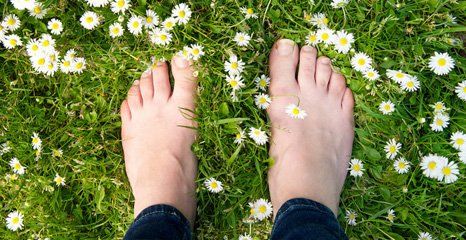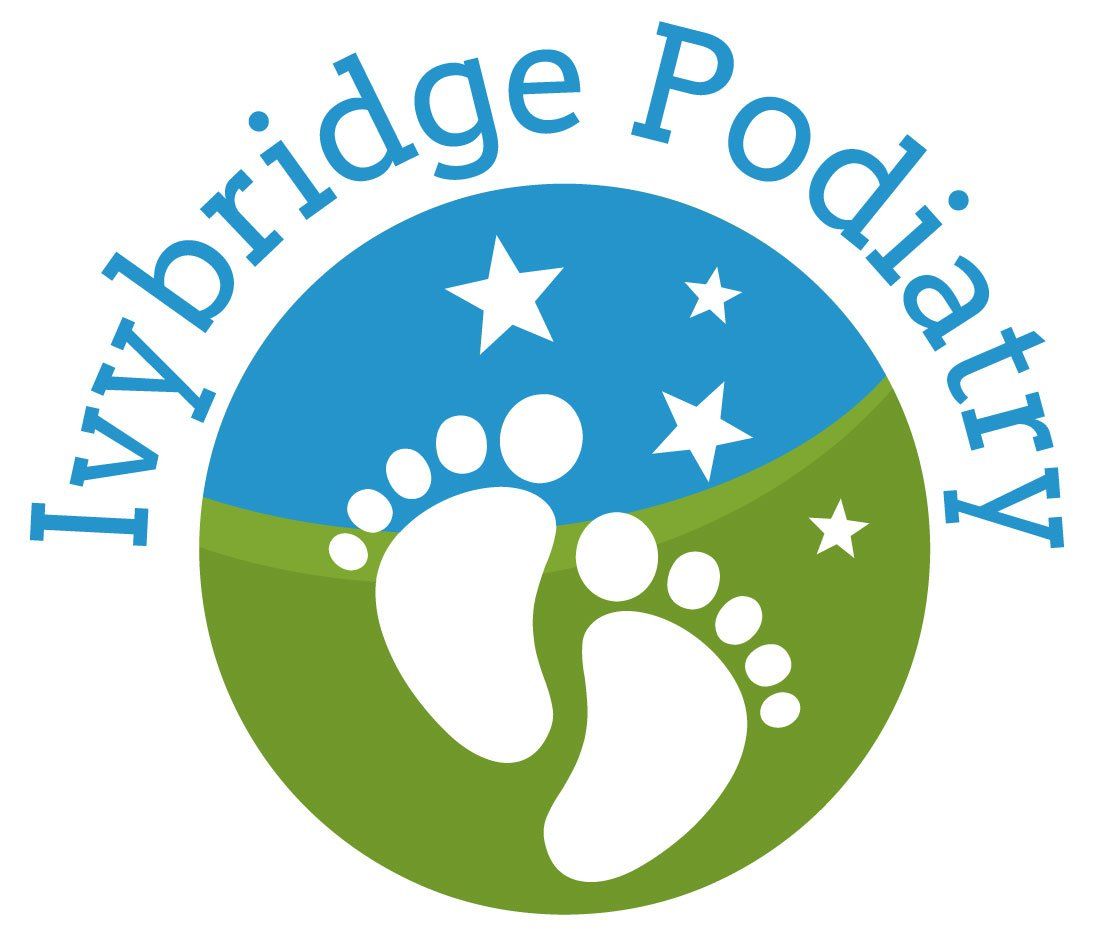My First Blog Post
Jackie Thomas • March 29, 2018
It's official, I have a blog and I know how to use it.

I have finally decided to take the plunge and add a blog to my site. I always wanted an easy way to share information with visitors and I'm super excited to start this journey. Keep coming back to my site and check for updates right here on the blog.

New shoes rubbed your feet? Running in the wet? Have you got painful blisters? The best way to deal with blisters is to prevent them forming. Blisters are caused by friction – particularly on an area that is moist. Cotton socks absorb moisture and stay wet for quite a long time so are best avoided. Wool blend socks feel dry for much longer, so they will be better at preventing blisters. If you are running a synthetic pair will wick the moisture away before it can cause a problem. Break in your new shoes gradually so the leather or fabric has a chance to soften and mould to your foot shape. If you are unfortunate enough to get a blister, then it is important to keep it clean and sterile. While the unbroken skin is covering the blister, it is sterile – it is best to keep it that way as long as possible. Padding around the blister with chiropody felt and a sterile plaster will keep the pressure off it while it heals. If it is in a position in which it is likely to burst, then it is better to drain it with a sterile needle or scalpel and then apply a sterile dressing. You can sterilise the needle by boiling it for 10 minutes, wiping it with rubbing alcohol or passing it through a flame. Pierce the blister at the edge and gently squeeze the fluid out and keep it covered with a sterile dressing. If you need help treating your blister, then please book an appointment. It is particularly important if there are any signs of infection – heat redness swelling round the blister, to seek assistance.


